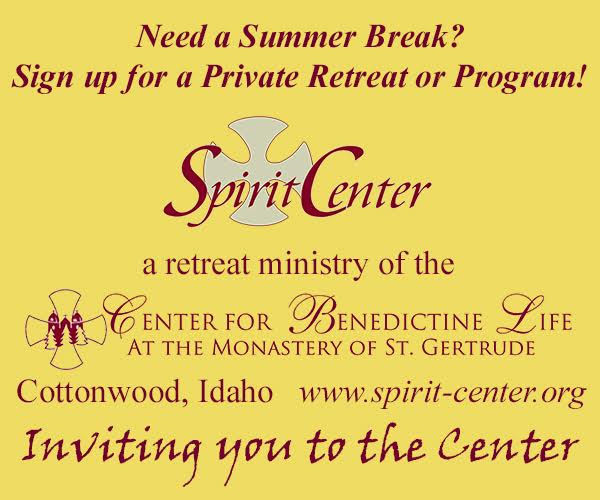This week, Faith & Values news is exploring what happens when violence crosses thresholds in churches, synagogues and mosques. Yesterday, we learned that incidents have increased tenfold in the last decade, prompting congregations to start thinking about how they can prepare for violent intrusions.
Today, we turn our attention to Toledo, Ohio, and to the safety pulse of the faithful there following a hateful mosque burning nearly a year ago.
TOLEDO, Ohio — On the sunny autumn afternoon of Sept. 30, 2012, Toledo’s Muslim community was shocked by a news report: Someone had set fire to the Islamic Center of Greater Toledo.
An intruder broke into the prominent mosque, whose twin minarets and golden dome are seen by tens of thousands of motorists every day on I-75.

The man poured gasoline on the carpet in the main prayer room and struck a match. The fire was so intense it melted chandeliers hanging overhead, and the resulting damage from flames, smoke and water from sprinklers and fire hoses was estimated at $1.5 million.
“An attack like that, it shakes you,” said Cherrefe Kadri, president of the Islamic Center. “An arson attack like that just doesn’t happen in Toledo, Ohio.”

Members of the mosque, the first to be established in Ohio in 1954, had worked long and hard to build positive relationships with the Toledo community.
But the arsonist was not from Toledo. He wasn’t even from Ohio.
Randy Linn, 52, now serving 20 years in a federal prison for the crime, had driven two hours from his home in St. Joe, Ind., to the mosque he had passed many times in his work as a truck driver. He later testified that he was drunk and angry over the deaths of American soldiers when he burned the mosque.
“This guy was from outside. He didn’t know us,” Kadri said. “He said in court he didn’t know any Muslims. How do you predict the actions of one wayward-thinking person? Look at the movie-theater shootings [in Aurora, Colo.]. It’s impossible to foresee every act of violence.”
SEE INSIDE THE MOSQUE DURING A RECENT PRAYER SERVICE (VIDEO)
Indeed, trying to predict and prevent all acts of violence is impossible, whether in a mosque or a church, a movie theater or a school. But developing strategies to prevent and intercept the threat of an active shooter or other potential violent attacks has increasingly become a priority for America’s houses of worship.
Ohio has had at least six incidents of violence at houses of worship in the last three years, including two fatal shootings and two stabbings in which the victims survived but were gravely injured.
Rabbi Sam Weinstein of The Temple-Congregation Shomer Emunim said he is well aware of – and well-trained in – matters of security, having retired as a colonel last year after 28 years in the air force.
The Reform Judaism congregation he leads in the Toledo suburb of Sylvania is “proactive instead of reactive” to safety threats, the rabbi said, but he acknowledged “there are certain things we might not be prepared for. And that’s true everywhere. Look at our own nation, in terms of security.”
The temple hires uniformed police to patrol the building and grounds during public functions, a high-profile sign to any would-be attackers that law-enforcement officers are on hand.
And while Weinstein praised the Toledo-area Jewish community for being on top of the situation in terms of emergency preparedness, he prefers to keep the plans confidential.
“Every precaution we take, if we make it public, ultimately becomes public knowledge to anyone,” Weinstein said.
The Rev. Cedric Brock, pastor of Mt. Nebo Baptist Church and president of the Interdenominational Ministerial Alliance of Greater Toledo, said ushers at his and many other urban churches are required to undergo extensive training that includes safety and security instruction.
Brock said the Interdenominational Ushers Association, of which he is a member, requires 32 hours of training before someone is qualified to serve as an usher. The training includes the use of discreet hand signals that can be used to notify the pastor and other ushers of threats.
“There are precautions that you do take; there are signals to alert the pulpit about what is going on,” Brock said. “We have a security ministry at our church and the members and volunteers are trained to handle things. But they don’t carry guns or anything.”
Toby Hoover, executive director of the Ohio Coalition Against Gun Violence, said churches and houses of worship are relatively safe, but there is potential for violence wherever people gather.
From her observations, most violent incidents that occur in houses of worship are the result of problems spilling over from the home. “Just because it doesn’t happen in a home doesn’t mean it’s not domestic violence,” Hoover said.
Bryan Bockert oversees security at CedarCreek Church, the largest church in northwest Ohio with weekly attendance of more than 10,000 on four campuses.
The nondenominational megachurch has had uniformed police officers directing traffic and providing security during its services since its founding in 1995.
“I would think that’s the best thing, the No. 1 thing, we do for a deterrent,” Bockert said.
He said CedarCreek follows the policies outlined in the “Church Safety and Security Guidebook,” which Bockert considers an authoritative manual produced by the Brotherhood Mutual insurance company.
“The insurance company says you need to keep your hands off, just watch and be aware and rely on the police,” Bockert said. “But once there’s an active shooter, then it’s all hands on deck.”
While there have been no incidents of that magnitude in the church’s 15-year history, Bockert cautioned that, “It’s not a question of if, but when.”
David Yonke is editor of Toledo Faith & Values (ToledoFAVS.com).
Come back every day this week for parts three through five of the “Religion & Violence” series, here on SpokaneFAVS.com. Use the links below to read Part 1 of the series.












